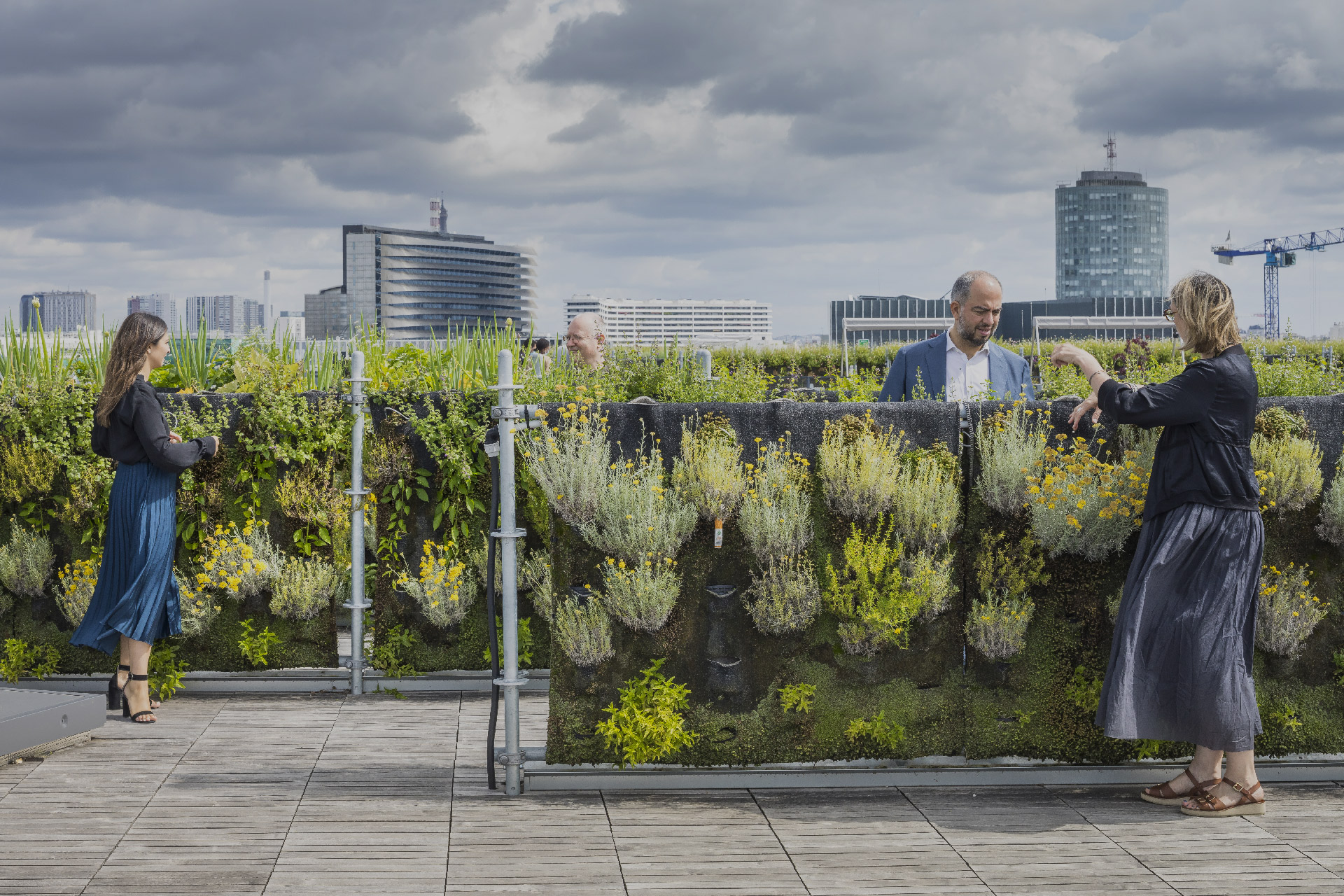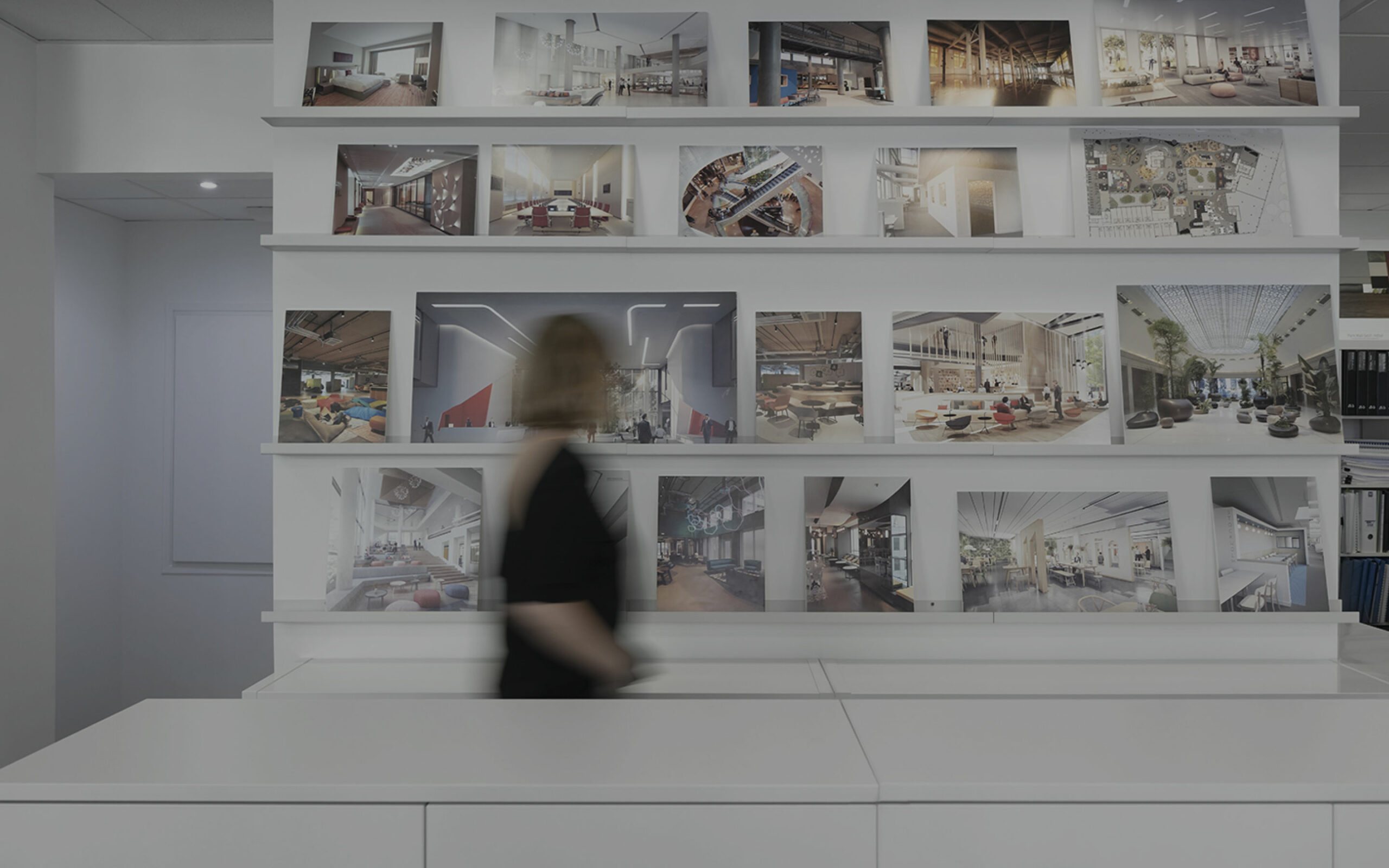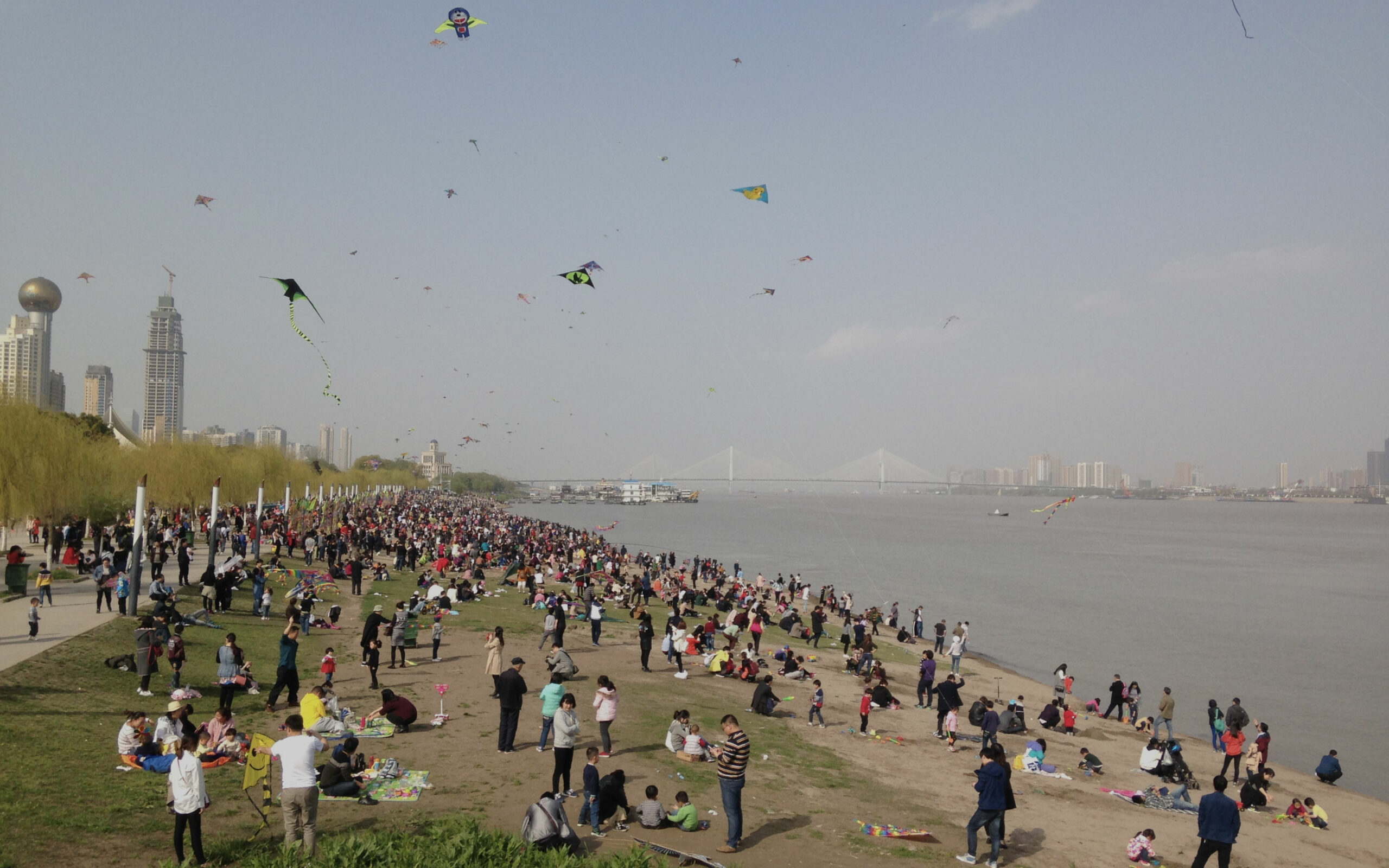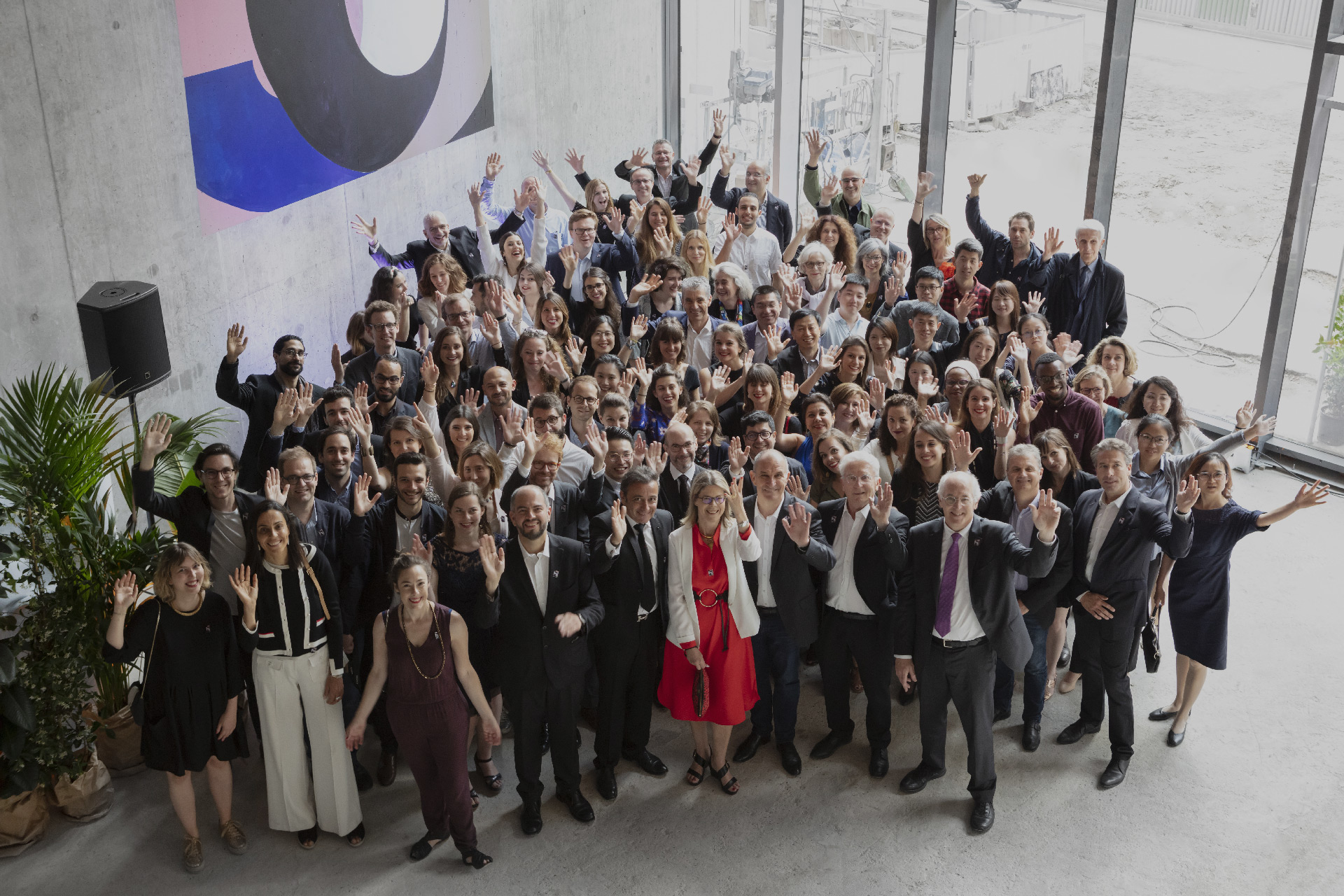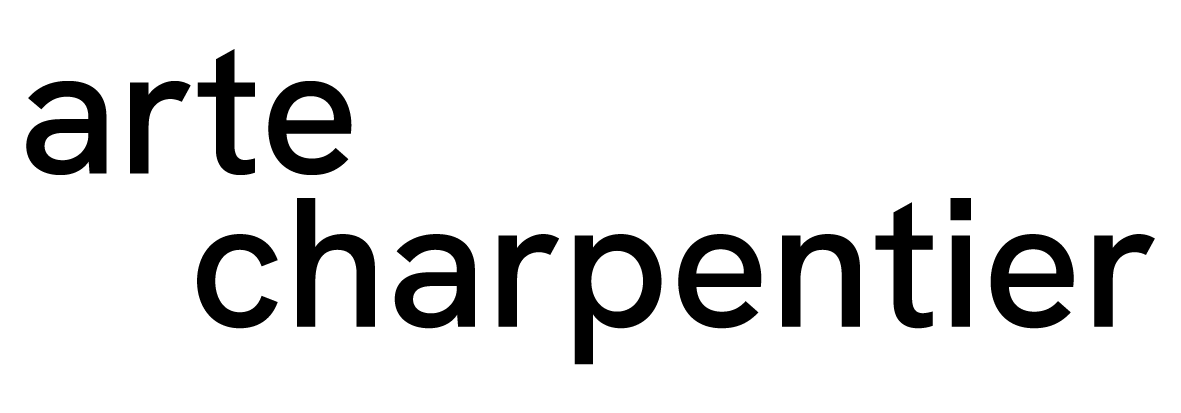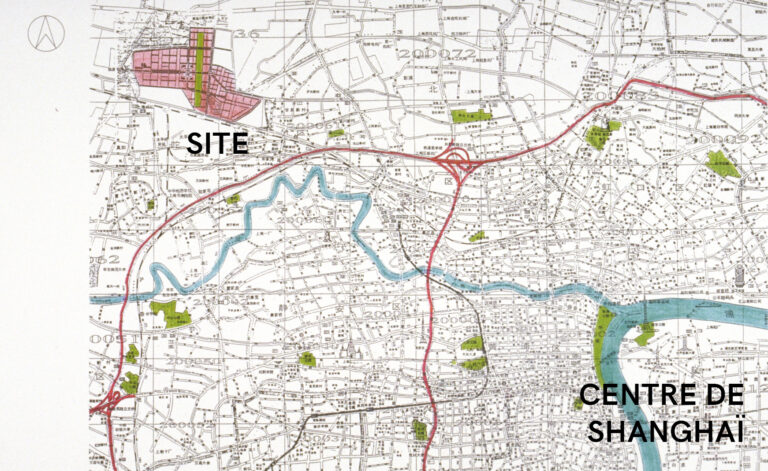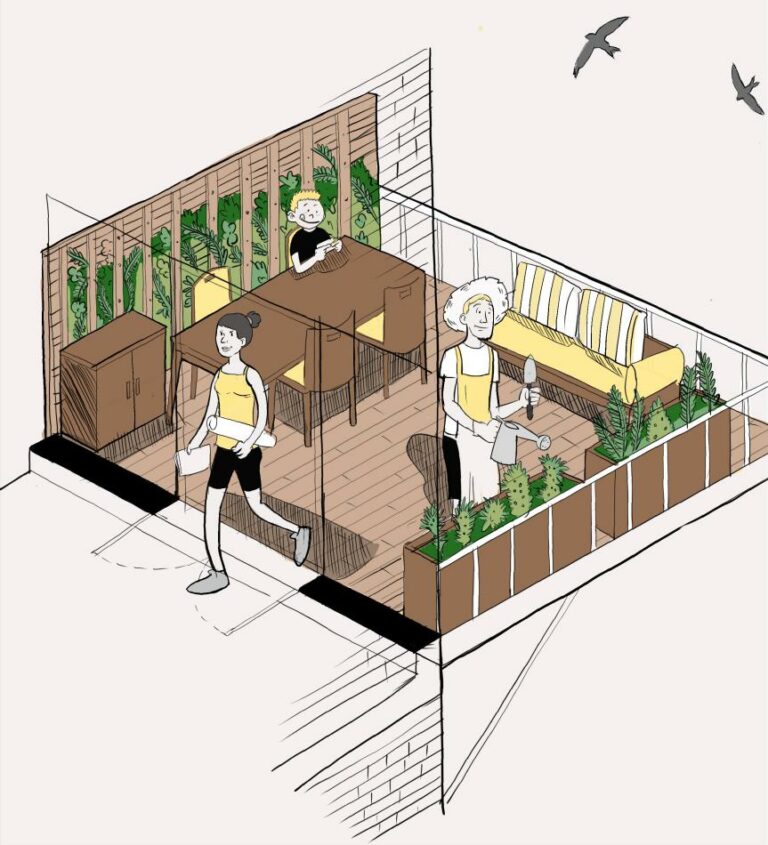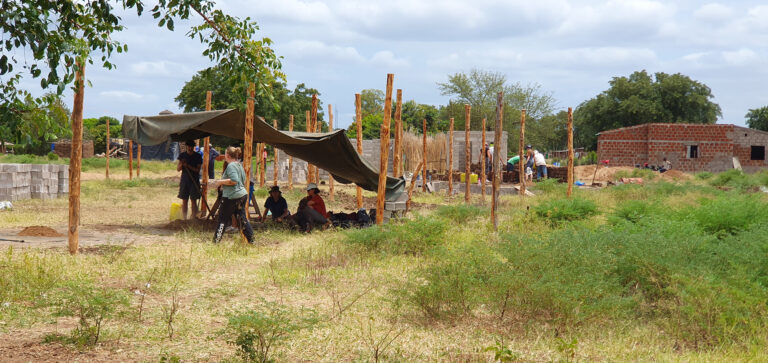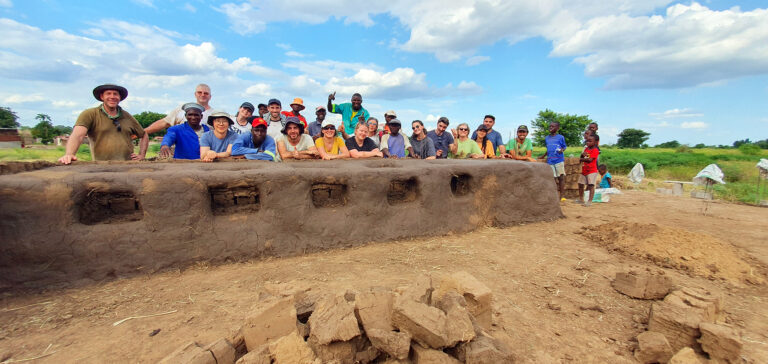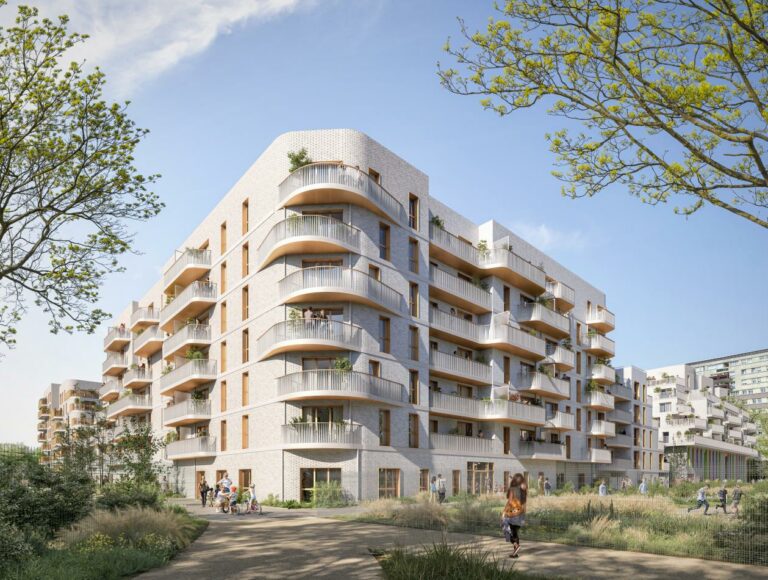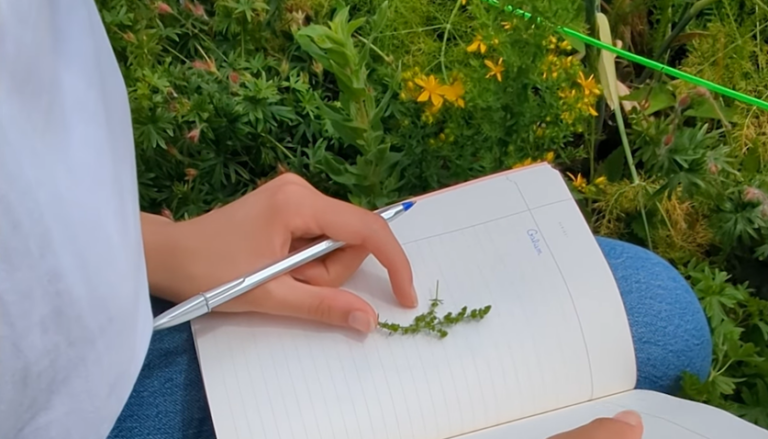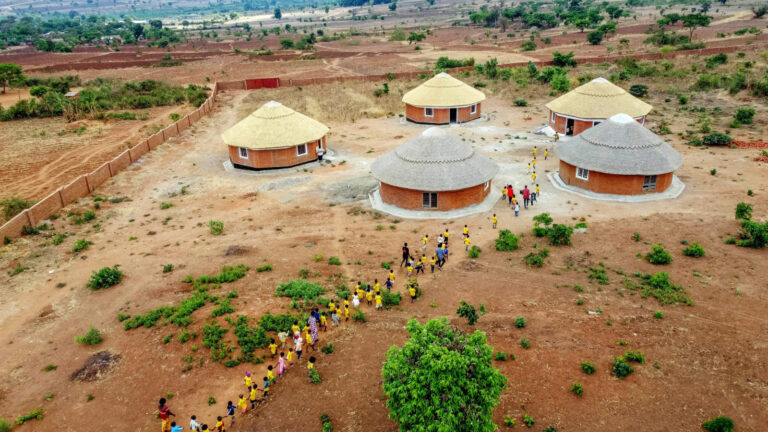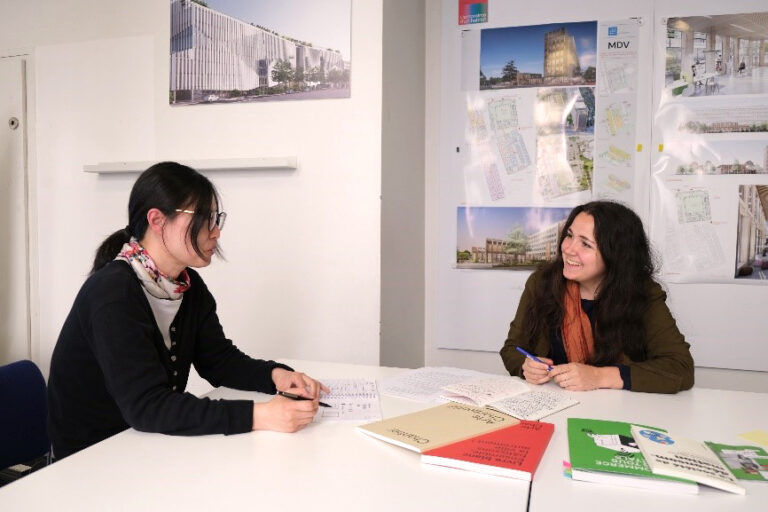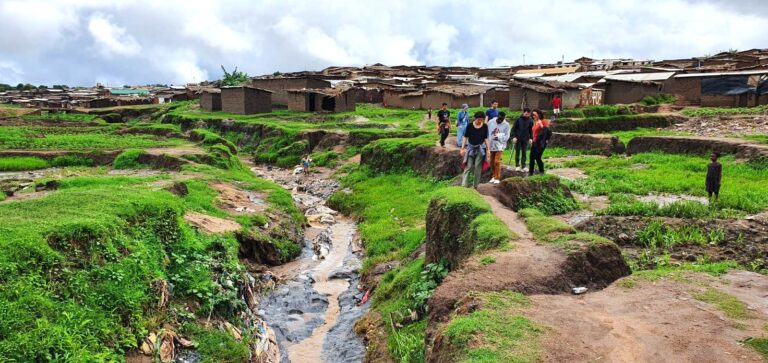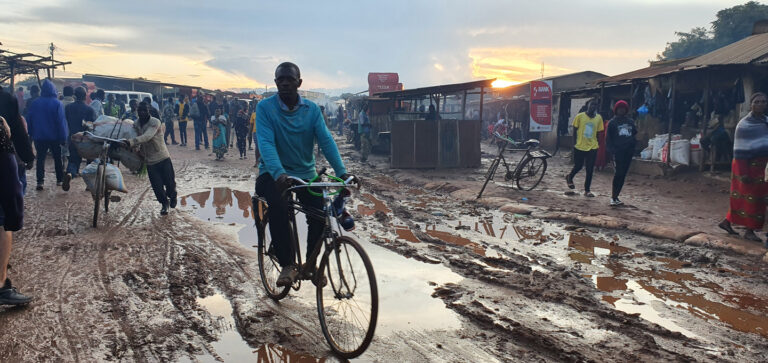
The internationally-recognised ISO standard defines the steps required for a company to adopt a management system and an organisation to meet its requirements. The ISO 9001 certification focuses on quality management, and the ISO 14001 concerns the management of the company’s environmental responsibility.
Arte Charpentier and Quality Management [ISO 9001]
The implementation of an ISO 9001 approach requires strong commitment on behalf of the management, and an internal organisation that promotes the continuous improvement of practices for better customer satisfaction. Obtaining the ISO 9001 certification, valid for 3 years, following a multi-day audit conducted by an independent expert, ensures that the agency is structured to deliver projects that meet its requirements and the applicable legal and regulatory frameworks.
Our four professions – architecture, interior design, landscaping and urban planning – help to create and realise living space(s), which requires collaborative work involving internal and external stakeholders and multiple trades. The increasing complexity of the regulations, the demanding “duty to advise” due by the Architect to his client, the duration of a project – several months or years – require an entire small company to organise around a common goal, to work effectively towards its realisation.
To achieve this goal, it is essential to have a common and shared language. The ISO 9001 certification supervises and guarantees the approach without generating additional work: by providing a framework for the common work of daily life, resulting from practices to better structure and share them; Quality management, far from being a constraint, is a tool that serves the project!
Through this certification, obtained for the first time in 2008, the agency commits to:
– be part of a continuous improvement process,
– foster collaborative design,
– trace events by means of an efficient management system,
– be attentive to the contracting authority,
– organise an efficient management system, which explains the information and exchange circuits,
– ensure fluent communication within the project team through common methods,
– protect and safeguard information.
Arte Charpentier is currently ISO-9001 certified (version 2015) in design and execution management for its Parisian headquarters and its Lyon agency. This certification is issued by the organisation Certibat France, part of Qualibat (Organisme National de Qualification et Certification du BTP).
Because of the diversity of its clients and the number of stakeholders in its multiple projects, the agency had to equip itself with shared and efficient management tools, capable of guaranteeing high-quality work. Today, with more than 15 years of hindsight, this way of working has been completely integrated by the teams!
Stéphanie Siac (associate, DGD)
Arte Charpentier the Management of Environmental Responsibility [ISO 14001]
The Arte Charpentier Architectes agency is engaged in a process of obtaining the ISO 14001 label. This is based on work that has already been initiated for several years, in order to optimise the environmental impact of the agency itself, as a workplace, and to develop sustainable projects, designed by the team, for our clients.
Consequently, our methodology is deployed according to these 2 axes:
- the agency as a working tool;
- our projects, as the product of our work.
Aware and convinced that the areas of improvement will only be effective if the strategy comes from employees as much as from the management, we organised a workshop with volunteers and affected employees in March 2021 to initiate the process.
Obtained in June 2021, valid for 3 years, the ISO 14001 certification (combined with the ISO 9001 approach) is regularly audited to ensure that the agency is structured to deliver projects in compliance with its environmental responsibility. It covers all the environmental aspects of its business (products and services) and is based on two principles:
- continuous improvement of environmental performance,
- regulatory compliance.
The environmental management system positions the company in a logic of sustainable development.
Our four professions – architecture, interior design, landscaping and urban planning – are at the heart of the creation of the living environment through the design of cities, places of residence, work and common life, and are directly affected by environmental concerns. The agency is aware of its responsibility and, in the continuity of its involvement in the ISO process, wished to engage in this new certification to achieve its ambitious environmental objectives.
Carried by ArteGreen, a collective of Artesians involved in defining and monitoring the agency’s sustainable development objectives, the priorities were defined following workshops on the optimisation to be considered in the operation of the agency, but also for the projects we deliver to our clients. Targets and indicators are put in place, approved and supported by management.
This approach articulates, complements and feeds the R & D approach already in place at the agency, with cross-cutting themes that enrich each other.
In addition, Artegreeners benefit from targeted training to improve their knowledge in the environmental field.
In order to fully integrate this ethical process in the dynamics of the agency, the ArteGreen group regularly conducts information sessions with Artesians to raise awareness and improve everybody’s skills.
To implement our environmental strategy, we use a carbon footprint developed based on 2019 data, which serves as our starting point.
This report, which reflects a scientific approach, highlights what has already been done, and what remains to be implemented. This data, cross-referenced with the motivations and themes determined by the ArteGreeners, highlights the priority challenges to be met: promoting recycling, educating everyone on good IT practices, reducing the carbon footprint by optimising our business travel, implementing a frugal purchasing policy, etc.
For projects, making the right choice with regard to the agency’s strategic environmental axes requires an analysis of the issues at the local, national and international levels. The evolution of the real estate market shows the extent to which the consideration of sustainable development is essential today. Who is investing in projects that do not follow a low-carbon approach? The world of real estate and the world of finance are evolving, with the establishment of application decrees for more ethical financing at the European level.
Here again, we are basing ourselves on international data: the 17 Sustainable Development Goals set by the UN in the 2030 Agenda. 50% of these objectives are directly related to our urban planning, architectural and landscaping professions.
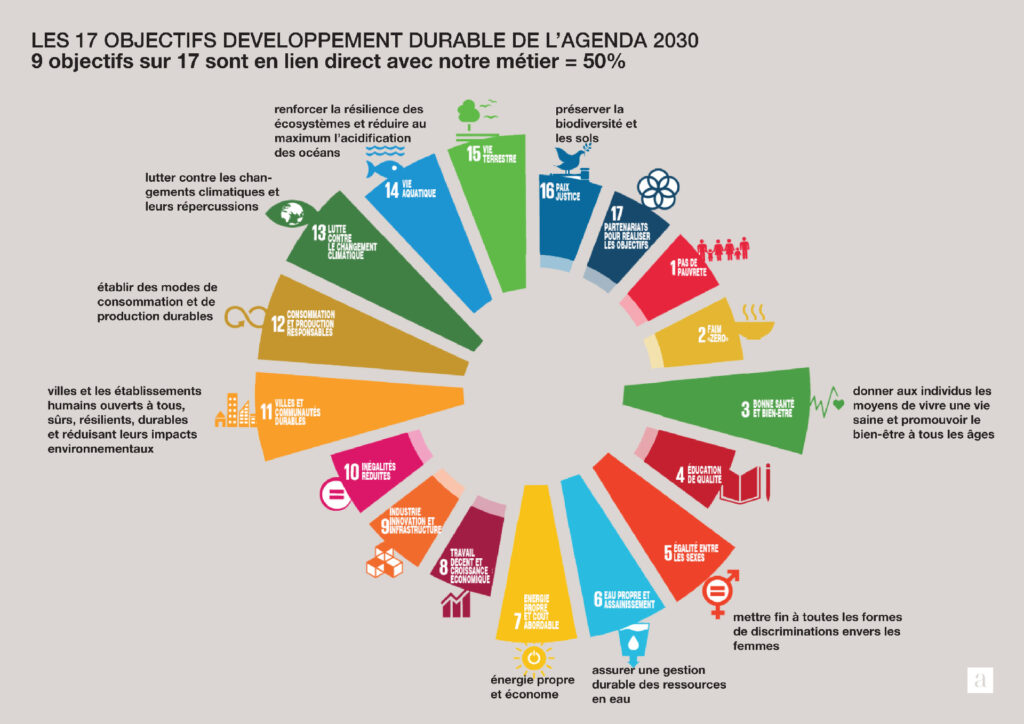
We cross-reference this data with the themes that motivate ArteGreeners, with the support of management, to highlight the priority challenges to be addressed, as part of a Low Carbon approach:
• Recycling and re-use: Arte Charpentier has begun work on an inventory of its built heritage in order to propose renovations with environmental and social added value.
• Eco-design: promoting short production circuits, bio-based materials, energy savings, etc.
• Frugality and Innovation in Uses: Developing well-thought-out projects that integrate the dimension of living things for the benefit of biodiversity and humans (biophilia). Making the city inclusive, creating new uses, designing flexible and reversible buildings, co-designing with users, because every time the dialogue is open, the projects are better accepted and the appropriation then follows.
In order to boost this approach, we expect to meet at least one environmental challenge per project, which will aim to go further than the right answer to a “classic” environmental criterion. By considering the long-term impacts, we can better anticipate them.
Nathalie Leroy, landscaper and head of ArteGreen with architect Antonio Frausto, both partners, declared:
in the context of our project, as soon as possible, we will propose ethical alternatives to the most widespread practices, for example, we have drafter a Livr’Eau, which lists our practical, quantified and tested solutions for the proper management of stormwater, that are both economical and sustainable..
Obtaining the ISO 14001 certification in 2021, for the first year, together with the renewal of ISO 9001, is the guarantee of the entire agency’s involvement in the realisation of our objectives in terms of sustainable development. Arte Charpentier Architects is committed alongside ArteGreen for a more sustainable environment!
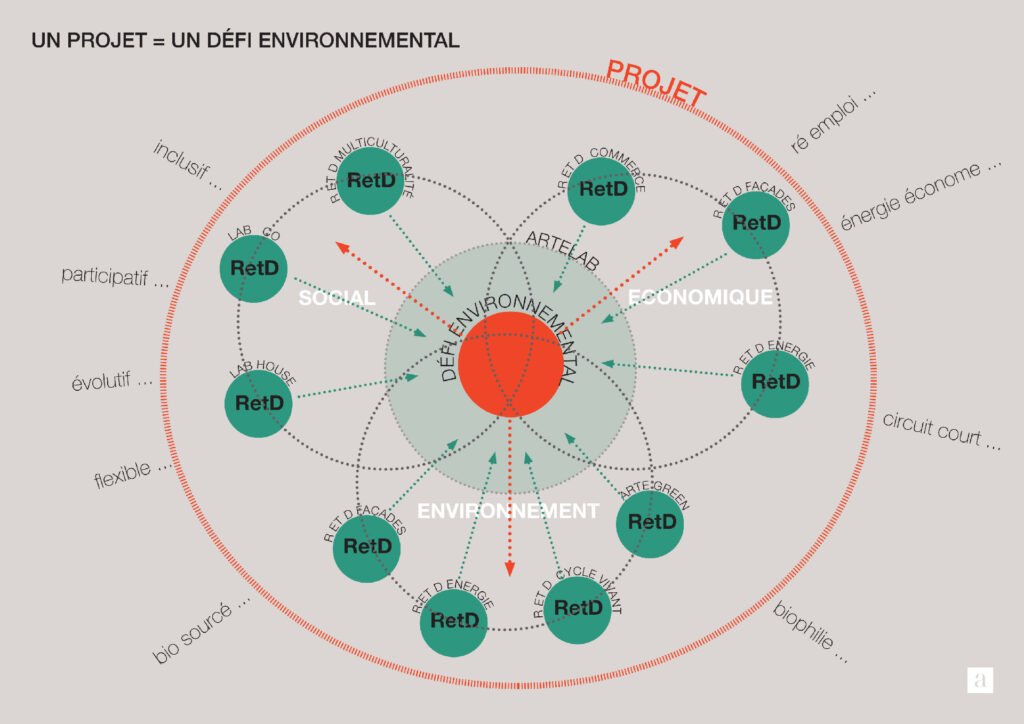
-
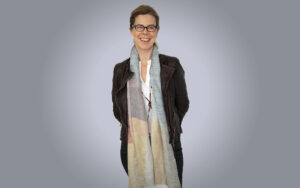
Stéphanie de Kervenoaël-Siac Associate Architect, Director of Human Resources
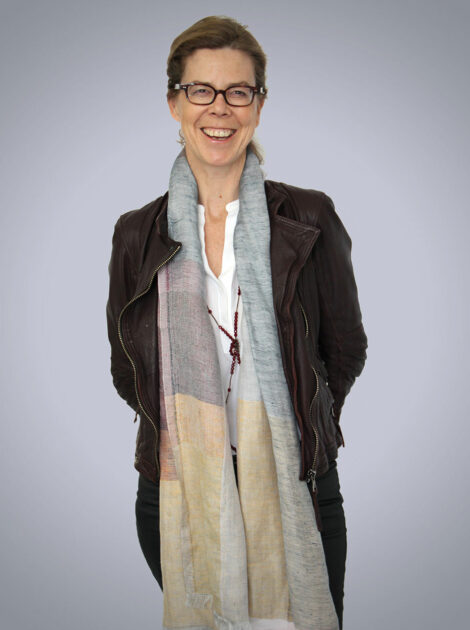
EDUCATION
Masters in Urban Management – École supérieure des sciences économiques et commerciales (1996)
Architect DPLG – Paris-Villemin School of Architecture (1991)
-
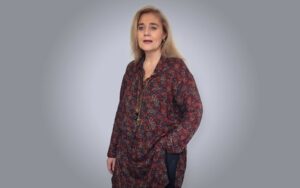
Sylvie Waucquier Legal Affairs / Insurance / Quality Manager
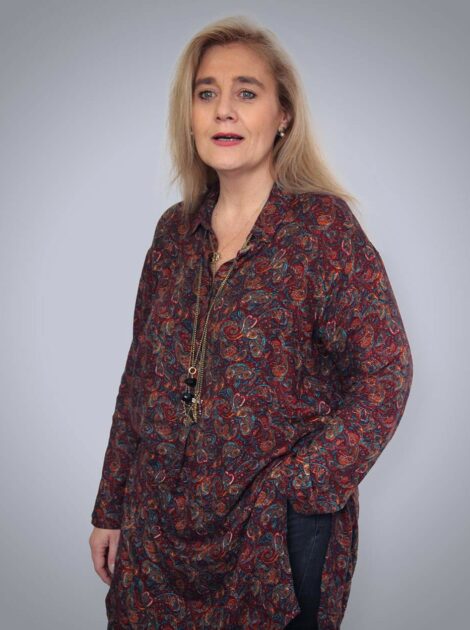
TRAINING
ICH – Paris – Droit de la propriété immobilière (2005)
CSTB – Centre Scientifique et Technique du Bâtiment – HQE – Démarche de management du projet environnemental (2004)
Qualiform – Animateur qualité ISO 9001/2000 – ISO 9001/2008 (2002)
Faculté de Droit – Assas Paris II Capacité en Droit (1992)
